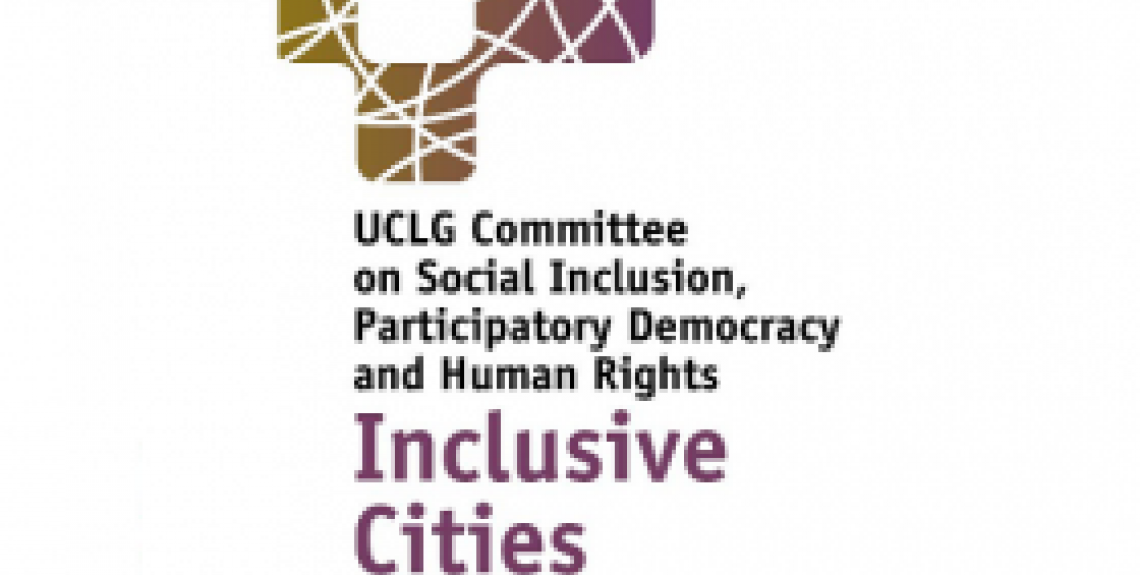The Civic Youth Strategy is a coordinated long-term plan of action providing a framework to support the City’s work with young people (9 to 24 years old) and to engage Vancouver’s diverse youth communities in civic issues. In December 1995, in response to various youth issues in the City and to fulfill requirements of the City’s Children’s Policy adopted in 1992, Vancouver City Council endorsed the creation of the Civic Youth Strategy. The objectives of the Civic Youth Strategy are: to work in partnership with youth and the larger community; to ensure that youth have a place in the city and a voice in decision-making; to promote youth as a resource in decision-making; and to strengthen the support base for youth in the City.
In 2002, a new model of the Civic Youth Strategy was established, with a key component being the Youth Outreach Team. In the first few years, the Team strategically focused on pursuing the achievement of the Strategy's Core Objectives: (1) to ensure that youth have a ‘place’ in the city (youth-friendly public services, facilities, and spaces) and (2) to promote youth as a resource to the City. More recently, the Team, integrated more closely within the Social Policy Division, have concentrated on facilitating youth participation through developing youth civic leadership programmes, engaging youth in municipal and community decision-making processes, and supporting youth organizing to address local issues. The policy has been funded by the City, with some projects and certain initiatives also attaining outside funding and contributions from community organizations. The policy was institutionalized through the development of local policies, guidelines, and programme development; municipal civic leadership development programmes for youth; and the Youth Outreach Team.
The main results from the policy include: greater awareness and appreciation of the value of youth participation in decision-making and policy development within the City and in the community; a relatively vibrant youth-driven sector and many youth-driven organizations receiving core City funding; municipal youth civic leadership development and capacity-building programmes; a strengthened network among youth, youth-serving organizations, and youth-driven organizations in Vancouver; higher than average eligible youth voter turnout in the last municipal election (2008); and young people more frequently engaged in municipal decision-making and policy development processes after the adoption of the 1995 strategy. Policy beneficiaries include youth, community organizations, and municipal and other government agencies. Within the context of Vancouver’s large and diverse demographic, community organizations and municipal and other government agencies had the opportunity to collaborate with the City and youth to move forward on implementing appropriate programs and policies relating to diverse young people and the Civic Youth Strategy.
The main obstacles encountered throughout the implementation of the policy include: making the case for the value and practice of meaningful youth participation in decision-making and policy development corporately among partner agencies; adequacy of staff capacity and resources to advocate for youth involvement and to assist in youth-friendly design of processes across the city; maintaining political and managerial commitment to the participation of young people; and establishing benchmarks and measures of progress. More broadly, it was challenging to implement the strategy within a changing political and social context incorporating political leadership changes, organizational changes within the City, and senior management are constantly transforming. This multi-layered and dynamic policy and working context makes it challenging to keep to the main agenda of supporting young people and to adapt to the changes involving staff capacity and resources. Furthermore, with a fairly diverse municipal government, it is an ongoing effort to corporately maintain an awareness of the values and practice of meaningful youth participation in decision-making and policy development. This effort requires resources, time, effort, and public engagement. With organizational changes and less resources currently available directly for youth engagement, implementing these elements on an continual basis is an ongoing effort.


